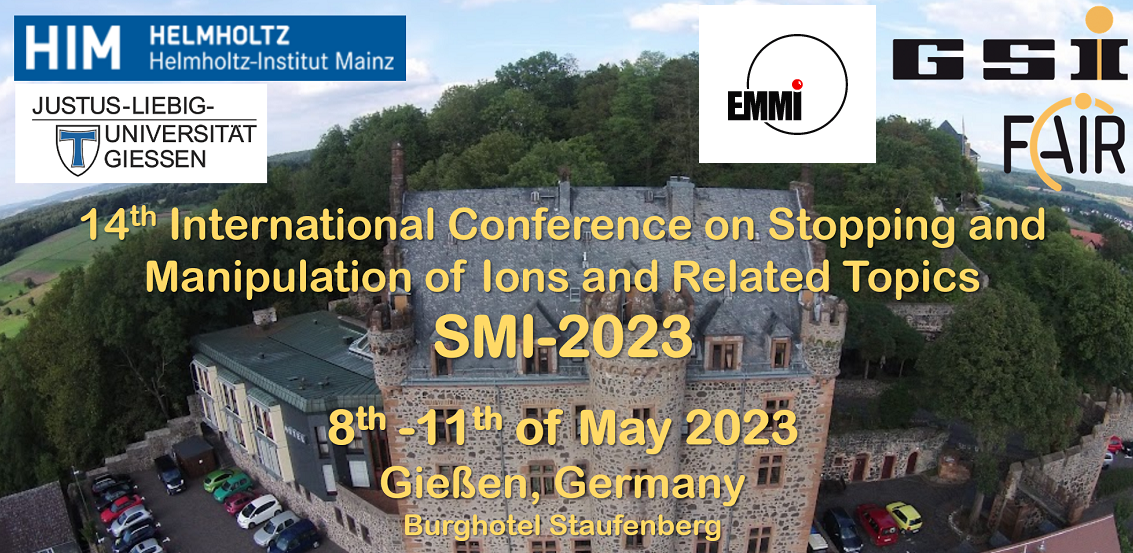Sprecher
Beschreibung
S3LEB (Super Separator Spectrometer-Low Energy Branch) is a low energy radioactive ion beam facility, which will be employed for the study of exotic nuclei, under commissioning as a part of GANIL-SPIRAL2 facility [1]. High intensity primary beams, delivered by the superconducting LINAC of the SPIRAL 2 facility, will allow for increased production rate for nuclear fusion evaporation reaction thus will facilitate exploration of the heavier regions of the nuclide chart with low production cross section and shorter lifetime. The produced ions will be separated by the recoil separator S3 and will be send to the S3LEB facility at the focal plane of S3 [2].
S3LEB is a gas cell setup followed by radiofrequency quadrupole units, which allows selective ionization of radioactive ions of interest as well as efficient transmission of the ions to an MR-TOF (Multi-Reflection Time of Flight separator) for further beam purification and detection. The ions thermalized and neutralized inside the buffer gas cell are selectively laser ionized either inside the gas cell or in a hypersonic gas jet environment created after the gas cell using a De-Laval nozzle. First offline results from S3LEB commissioning were published recently presenting the commissioning of laser systems and conditions for optimum operation of the ion guiding and mass selection RFQs using an alkali source [3].
Here we present the progress in the offline commissioning of the S3LEB setup highlighting the first laser spectroscopy test results with the coupling of gas cell to the system and its transmission through ion guides to the MR-TOF spectrometer. For the commissioning tests, a tantalum filament was installed in the gas cell for the production of stable isotopes of Er, one of the day 1 experiment case. Characterization of the laser ions in the gas cell setup has been performed. We also report a systematic study of the cooling and buncher RFQ parameters for optimized conditions in terms of relative transmission efficiency and resolution in time.
Finally, the road map to online commissioning will be presented.
References:
[1] A.K.Orduz, 31st Linear Accelerator Conference, Aug 2022, Liverpool, UK , URL: https:// doi.org/10.18429/JACoW-LINAC2022-TU2AA02
[2] F. Déchery et al., Eur. Phys. J. A 51, 66 (2015), URL: https://doi.org/10.1140/epja/i2015-15066-3
[3] J.Romans et al., Atoms, 10, 21 (2022) URL : https://doi.org/10.3390/atoms10010021

